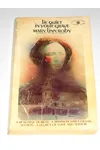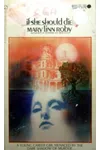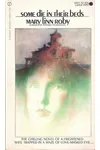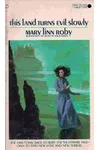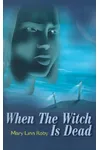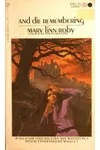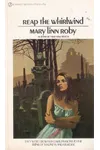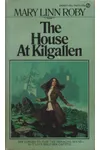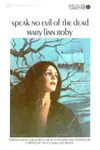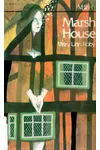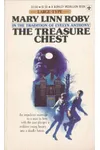Picture a storyteller weaving tales of gothic gloom, Regency romance, and chilling mysteries—meet Mary Linn Roby! Born in Maine in 1931, this prolific author penned over fifty novels, captivating readers with her knack for suspense and heartfelt drama. From shadowy manors to elegant ballrooms, Roby’s stories, often under pen names like Elisabeth Welles, invite us into worlds where passion and peril collide.
With a career spanning decades, Roby didn’t just write—she taught creative writing, edited manuscripts, and even saw her stories adapted for television. Her versatility and dedication make her a hidden gem in the literary world, ready to be rediscovered by fans of thrilling, romantic tales.
The Making of Mary Linn Roby
Born on March 31, 1931, in Maine, Mary Linn Roby grew up surrounded by the rugged beauty of New England, a setting that later inspired her atmospheric tales. She studied English at the University of Maine, where she met her husband, Kinley Roby, a fellow writer and professor. Initially a high school teacher, Roby’s passion for storytelling took root after personal challenges, including a loss of identity post-motherhood, pushed her to write. Her early short stories for Alfred Hitchcock’s Mystery Magazine marked her debut, some even adapted by Rod Serling for Night Gallery.
Mary Linn Roby’s Unforgettable Stories
Roby’s bibliography is a treasure trove of over fifty novels across gothic, romance, Regency, and mystery genres. Her gothic works, like The White Peacock (1973), plunge readers into eerie estates, where art dealer Irene Haverlock unravels secrets amid stormy Portuguese vineyards. Critics praise Roby’s atmospheric settings, though some note rushed endings, a quirk of her prolific pace.
In Marsh House (1975), Roby crafts a haunting tale of Elizabeth Dalton uncovering her father’s dark past in a gothic manor, blending suspense with emotional depth. Her Regency romances, like Fortune’s Smile (1979), sparkle with witty heroines like Pamela Pominder navigating love and social schemes in elegant England. Roby’s mysteries, such as Pennies on Her Eyes (1969), showcase her knack for tight plotting and psychological tension, drawing comparisons to Daphne Du Maurier.
Writing under pseudonyms like Georgina Grey and Mary Wilson, Roby tailored her style to each genre, from brooding to playful, always grounding her stories in universal human struggles—love, loss, and betrayal. Her frequent trips to England enriched her historical settings, making her novels vivid and authentic.
Why Mary Linn Roby Matters
Mary Linn Roby’s impact lies in her versatility and quiet influence. She carved a niche in mid-20th-century popular fiction, appealing to readers who craved escapism with substance. Her teaching and editing work nurtured aspiring writers, while her television adaptations brought her stories to broader audiences. Though not a household name, Roby’s dedication to craft and her ability to juggle genres make her a standout figure in gothic and romantic fiction.
Her legacy endures in the readers who still cherish her paperbacks and in the literary community she supported through mentorship. Roby’s life, balancing writing, teaching, and family, inspires writers to embrace their multifaceted passions.
- Born: March 31, 1931, Maine
- Key Works: The White Peacock, Marsh House, Fortune’s Smile, Pennies on Her Eyes
- Genres: Gothic, Romance, Regency, Mystery
- Fun Fact: Her stories were adapted for Rod Serling’s Night Gallery!
Ready to get lost in a world of mystery and romance? Snag Marsh House or The White Peacock and dive into Mary Linn Roby’s spellbinding tales!




